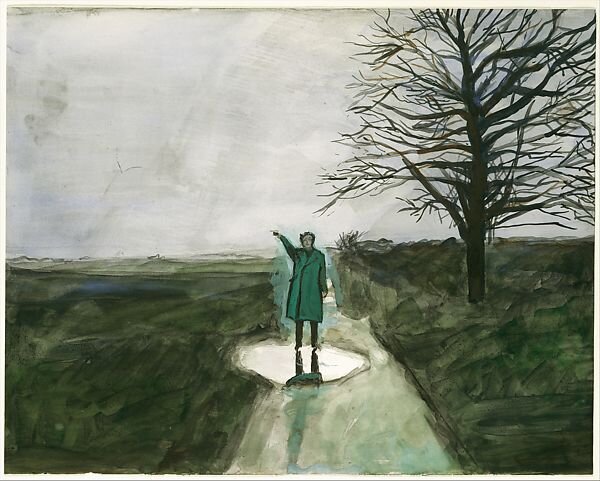Museums oftentimes provide us with biographies of the artists. School books describe at length their personal fortunes and misfortunes. Newspapers and the web are teeming with up to date news concerning the art world.
But what role does all this play? To what extent should it influence our perception of the artwork?
The relationship with a work of art should be as unbiased and sincere as possible, although our gaze tends to be influenced by a variety of preconceptions, which may hinder our full enjoyment.
Learning about the background of the artist is a double edged sword: on one hand it helps us contextualize and may even further the meaning of the artwork, but it may even clash with our own ideas. Gathering information about the artist could evoke our emotions about a particular act thus controlling what irrational likings dictate.
Many artists and movie directors have recently been the subject of scandals; we are by now - unfortunately- used to hearing of artists and movie directors being involved in scandals, and their works have consequently suffered because of the bad reputation of their makers. The immorality blamed on the artist thus jeopardizes the importance of the work of art, neglecting what of it was positive.
Although it may seem morally hard and challenging, we shouldn’t let one’s misdeeds/misconduct overshadow what art could tell us. French philosopher Maurice Merleau Ponty said “The artistic work is the proof that there was something rather than nothing to be said”, thus we should not let it go to waste. I happen to agree as sometimes scandals break out from claims that appear to be senseless. For instance German painter Anselm Kiefer was accused of being a neo-Nazi, just because some of works portrayed in many cases the Nazi salutation. If one were to believe this, it would for sure put people off from deepening the analysis of his works, which are definitely worth some attention.
That said, as this way to look at art is not the most common one at the moment, we cannot neglect that the economic side of the art world suffers extensively from scandals: indeed, a cultural institution would face hardships if an exhibition about a living artist involved in an actual scandal were to be organized.
As things stand, social inhibitions considered, people would feel hesitant to attend an event that would create shock/giving money to something that was created by a person deemed to be immoral. Not only would very few visitors refrain from attending the show, but money would also be given to a person, namely the artist, who could make no proper use of it. However if the works exhibited belonged to scandalous and immoral, though late, artists, the exhibition could be an interesting occasion/chance to truly reflect.
To conclude, I make and commit to the invitation to try and look at an artwork in an ever more unbiased and genuine way, striving to get rid of any of any pre conceptions we might have.The biography of the artist is thus to be used in a way which is helpful to the point of not ultimately defining what we are going to see.
